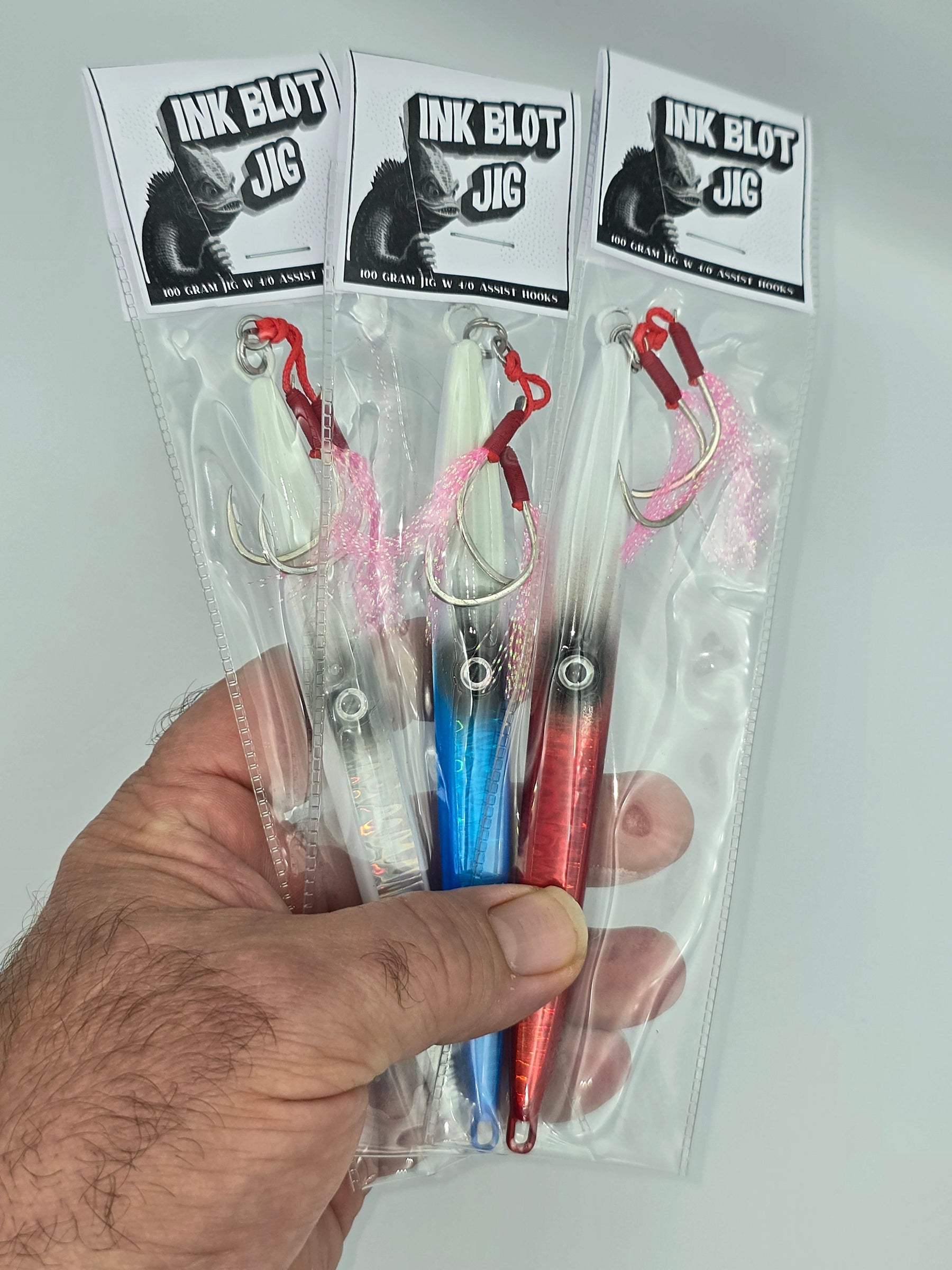
Mastering Metal Lures: Tactics and Fish Behaviour for Optimal Results
🎣 Shore Jigging Must-Have Gear
Catch more kingfish, snapper, and trevally with the right gear:
✅ Zephyr Jig (30g) – Built for long casts and deep strikes
✅ Triangle Jighead – Secure hooksets for soft plastics
✅ Slice Jigs – Deadly from shore for Bonito and Trevally
💥 Grab Your Jigs Today & Fish Smarter!
Metal lures have long been a staple in every angler's tackle box prized for their versatility and effectiveness across various species and environments. Understanding the different categories of metal lures, knowing how to adapt your tactics for rock and boat fishing, and being aware of how different fish respond to your techniques can significantly increase your success on the water. Here’s a comprehensive guide to metal lures, the tactics to use them effectively, and insights into the behavior of key fish species.
Categories of Metal Lures: A Breakdown
1. Slow Retrieve Lures
The slow retrieve category is the oldest and most globally utilized style of metal lure, originating from the traditional spoon design. These lures are best suited for a slower pace and are often employed when targeting species like tailor, salmon, and trout. Notable examples include the Flat Slice. While they are not designed for high-speed retrieves their anchored single hook system makes them effective for catching pelagics when retrieved quickly. Tailor, flatties, and even frigate mackerel have been known to strike at these lures, especially during specific conditions like those found at Terrigal.
2. All-Rounders
The all-rounder category likely emerged with the introduction of Iron Jigs from the USA in the late 1960s. These lures are valued for their versatility, working well at a medium pace with a slight tail flick or even at a slow pace when combined with some rod tip action. They can also handle fast retrieves without causing line twist if rigged with a dual ring system. Zephyr, Charter, and Livies jigs from ReproBaits Tackle shore jigs also perform well. These lures are essential for any angler due to their adaptability to different retrieval speeds and fishing scenarios.
3. Pure Speed Merchants
For those times when speed is the key to triggering strikes, pure speed merchants like the Ink Blot Jig lures are indispensable. These lures excel at high-speed retrieves and are particularly effective for species like tailor, tuna, mackerel, and bonito. A fast retrieve followed by a sudden stop can provoke explosive strikes, with the hits often occurring just as you resume winding. White with lumo is a reliable color choice for these high-speed scenarios.
Rock Fishing Tactics: Mastering the Shoreline
Fishing from the rocks requires a specific set of tactics to maximize your chances of success. Here are some key pointers:
-
Work the Water Column: Understanding the depth at which fish are holding is crucial. Start by casting a hookless lure and counting the sink time to gauge the depth. Vary your retrieve depth to cover the entire water column, ensuring you work the lure all the way back to the edge without letting it skip out of the water too early. Zephyr 30g jigs are a good shorejigging option for this style of fishing.
-
Vary Your Retrieve: For species like bonito and mackerel, a 10-crank-stop-10-crank retrieve can be particularly effective. These fish often ignore a straight retrieve but will aggressively strike when you mix up the pace.
-
Always Have a Spin Stick Ready: Even if you’re targeting specific species like blackfish or drummer, always bring a rigged spin stick. The unexpected appearance of a school of tailor or other pelagics can turn a quiet day into an action-packed one.
-
Seasonal Timing: Summer and autumn are the peak seasons for rock fishing on the NSW coast driven by the East Australian Current. Don’t expect much action in late winter to spring when the current weakens.
Boat Fishing Tactics: Leveraging Wind and Current
When fishing from a boat, positioning and approach are critical:
-
Use the Wind and Current: Pelagic fish almost always feed into the current or wind. Approach schools from upwind or upcurrent and drift down towards them. This stealthy approach prevents spooking the fish and positions you perfectly for a strike.
-
Lure Placement: Cast in front of the school rather than into the middle. Fish are forward-looking, and a lure that lands ahead of them is more likely to trigger a strike. As you approach, turn the boat away to maintain tension and control over your line.
-
Longer Rods for Distance: When spinning for pelagics, a longer rod can make all the difference. It allows for longer casts, which is crucial when dealing with boat-shy fish.
Fish Behaviour and Lure Selection
Different species respond to varying tactics and lure choices:
-
Bonito: Fast retrieves with the 10-crank-stop technique are highly effective. Bonito aren’t usually fussy eaters, and a 30-60 gram lure will often do the trick.
-
Kingfish: Big white lures work best off the rocks, with an 100 gram white lumo being a great starting point. Speed isn’t always crucial; a moderate retrieve with a side-to-side wiggle can be more effective. However, don’t rely solely on metal lures—popper, stickbaits, and garfish baits like the Billanbong Bubbler often outperform metals.
-
Tuna: Matching the hatch is key. Once you’ve got the right lure, a fast, consistent retrieve is usually all it takes.
-
Mackerel: Both spotties and spannies are fans of speed, but the 10-crank-stop retrieve can outshine a straight crank. Spotties can be wary of wire leaders, so be prepared to accept some lure losses. Go-to lures are the 30 to 60 gram Zephyr, Livies, and Charter jigs in blue, red, or white.
Metals Work a Treat
Mastering the use of metal lures across different fishing environments can elevate your angling game. From slow retrieves that mimic the flutter of a wounded baitfish to lightning-fast cranks that provoke the aggression of pelagics, understanding how to deploy these lures effectively is key to success. Armed with these insights, you’re well-equipped to tackle any fishing scenario, whether from the rocks or a boat. Tight lines and happy fishing!
This guide should give any angler the confidence to explore the full potential of metal lures while providing actionable tactics that can be applied immediately. Whether targeting kingfish, mackerel, or tuna, the right lure and the right technique make all the difference.
🎣 Shore Jigging Must-Have Gear
Catch more kingfish, snapper, and trevally with the right gear:
✅ Zephyr Jig (30g) – Built for long casts and deep strikes
✅ Triangle Jighead – Secure hooksets for soft plastics
✅ Slice Jigs – Deadly from shore for Bonito and Trevally
💥 Grab Your Jigs Today & Fish Smarter!

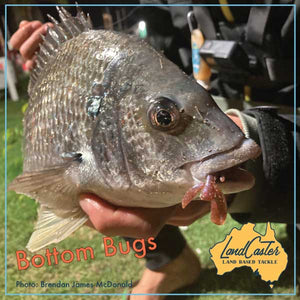
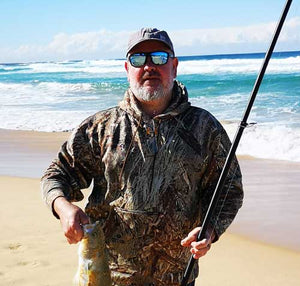
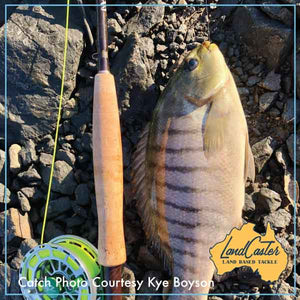
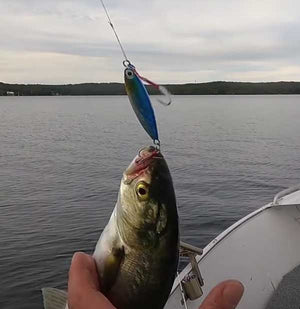
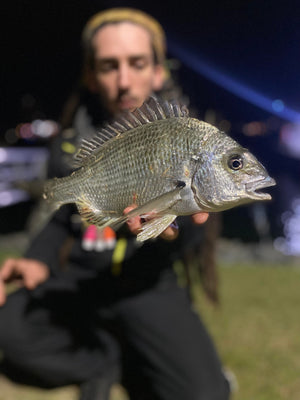
Leave a comment